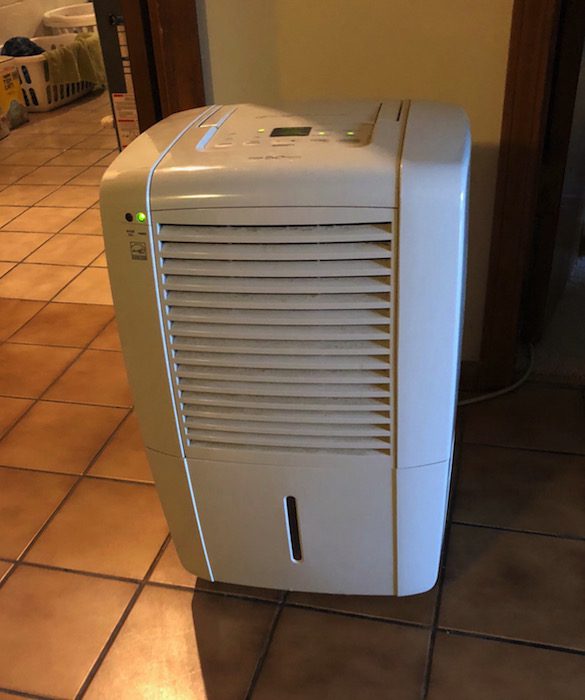Take Effective Steps to Improve Indoor Air Quality in Your Home

Modern homes, with their tight construction and greater focus on energy efficiency, allow homeowners to save on energy bills. However, this has a downside: An airtight home also tends to trap airborne pollutants that in a “looser” home will find ways to escape the home’s outer envelope.
These contaminants can accumulate and threaten the health of your family, as well as make the home feel stale and stuffy. But don’t despair; you have at your disposal a number of ways to improve indoor air quality in all seasons.
Improve the quality of air in your home
Try these strategies:
- Buy and install an efficient air filter: If your HVAC filter is doing a good job of removing airborne contaminants, your indoor air will be cleaner. Check the filter monthly and replace it when it looks dirty. Don’t buy the cheapest filter on the rack or the most expensive one. The former won’t do the job, and the latter may impede airflow. (A filter with MERV 7-9 rating is recommended for most homes.)
- Eliminate sources of pollution. This one is easy to understand; if you are not spraying or using chemical-laden substances in your home – pesticides, cleaners, air fresheners, etc. – those chemicals won’t build up in your indoor air. Find natural alternatives to these products. Look up VOCs (volatile organic compounds) on the web, and you’ll see the vast array of materials and substances in your home (even new furniture!) that may be contaminating indoor air.
- Perform a radon test. Without your knowledge, your home may contain hazardous radon gas that has ascended into the basement and living spaces from the ground below, adding a very real risk of cancer. You can purchase the testing kit at your local home-improvement store, then send in the results for testing.
- Improve ventilation. You can compensate for your home’s tight construction by taking a number of steps to improve ventilation, and consequently, indoor air quality. Options include
- attic and window fans,
- exhaust fans in the bathrooms and kitchen
- and the simplest solution of all, opening windows when the outside temperature and humidity permit it.
Homes with especially serious problems with indoor air quality likely need a more aggressive strategy. Consider a mechanical ventilation system such as a Heat Recovery Ventilator (HRV) or Energy Recovery Ventilator (ERV). These systems replace dirty air with clean air, while transferring heat energy and moisture between the two parallel airflows to improved comfort and humidity control.
- Control indoor humidity. When humidity gets too high or too low in a home, it can adversely impact air quality and comfort. Find and repair or eliminate sources of moisture in the house, such as pipes that are leaking or a foundation that’s not keeping water outside. For a humidity problem that’s throughout the house, consider a whole-house dehumidifier (or humidifier if dry air is the problem).
Portable humidity-control appliances can address moisture issues in individual rooms or small areas.
Whole-house air cleaning. You also have the option of installing a whole-house air-cleaning or purifying system if the indoor air quality issue is particularly serious. These use a variety of technological methods to remove airborne contaminants. A whole-house air-cleaning system is intended to supplement the work your HVAC filter is doing, rather than replacing it.
If you aren’t sure whether your indoor air is healthy or not, your Cincinnati furnace repair partner can help. While Jansen is a Carrier factory authorized dealer, we can of course provide information about excellent air cleaning and purifying products for all furnace makes and models.
